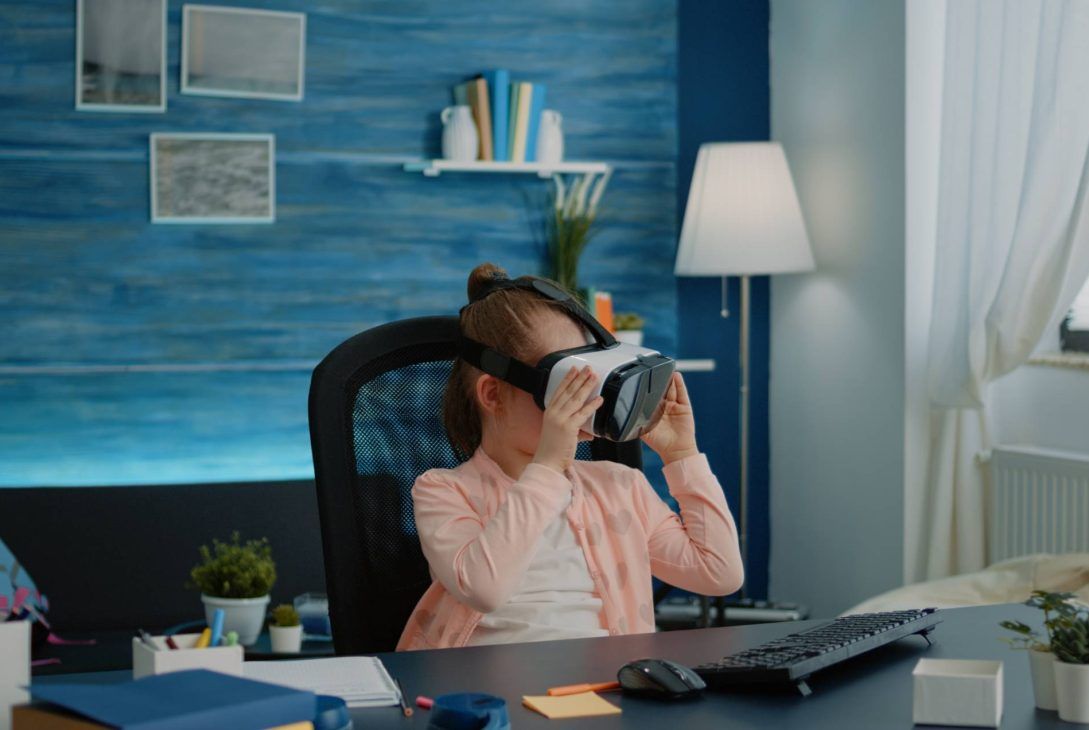Virtual reality (VR) technology has revolutionized the way we experience the world around us. It has transformed the way we learn, work, play, and communicate in ways that were previously unimaginable. As the world progresses towards a more digital and connected era, the advertising industry is no exception. VR is the future of advertising, and in this blog post, we will explore why.
What is Virtual Reality?
Virtual Reality (VR) is a computer-generated environment or simulation that replicates real-life situations, scenarios, or experiences.
The technology uses VR headsets, which are worn on the head like a helmet or goggles. There are also hand-held controllers that allow users to interact with and manipulate the virtual environment.
VR technology immerses users in a simulated, interactive environment where they can experience different situations and scenarios as if they were actually there.
Why VR is the Future of Advertising?
In recent years, technology has advanced, and the internet has become more accessible. Therefore, consumers have changed their expectations of advertisements over time, and traditional adverts no longer cut it. According to Adweek, millennials and GenZs are finding traditional ads annoying and are turning to ad-blockers or other ways to avoid them. In this light, Virtual Reality presents a new opportunity for advertisers to engage with their audience and capture their attention.
Here are some reasons VR is the future of advertising:
- Immersive Experience
Virtual Reality is immersive because it provides users with a sense of presence, which makes them feel like they are part of the simulated environment. This immersive experience creates a lasting impression on the user, making it a powerful advertising tool. The advertising message is more likely to stick in the user’s memory than with traditional ads, increasing the likelihood of conversion. - Targeting and Personalization
With VR technology, advertisers can target consumers based on their preferences, behaviors, and demographic data, making their marketing campaigns more focused and efficient. In turn, this creates a more personalized experience for the consumer, as they feel like the advertising message speaks directly to them. - Enhanced Interaction
Virtual Reality allows for enhanced interaction between consumers and the advertising message. It offers users the ability to interact with products or brands in a way that traditional advertising cannot. For example, a VR ad for a car enables users to take a virtual test drive, providing them with the opportunity to interact with the car and experience it as if they are actually there. - High-level of Engagement
VR technology allows advertisers to create highly-engaging content that captivates their audience. The immersive nature of VR ads creates a new level of engagement that has never been achieved by traditional advertising. The higher engagement levels will lead to a longer time spent engaging with the ad, which, in turn, increases the chances of conversion.
Conclusion
Virtual Reality (VR) technology presents a new opportunity for advertisers to engage with their audience in innovative and interactive ways. The immersive experience, targeting and personalization, enhanced interaction, and high-level of engagement make VR the future of advertising. As technology continues to evolve and improves, incorporating VR into advertising campaigns can be a game-changer for businesses, marketers, and consumers.
Related Posts:
Get Started with a free 15 -day trial
No credit card required for Trial Plan
Continue using starter plan for free forever, after trial or upgrade to Premium Subscription






